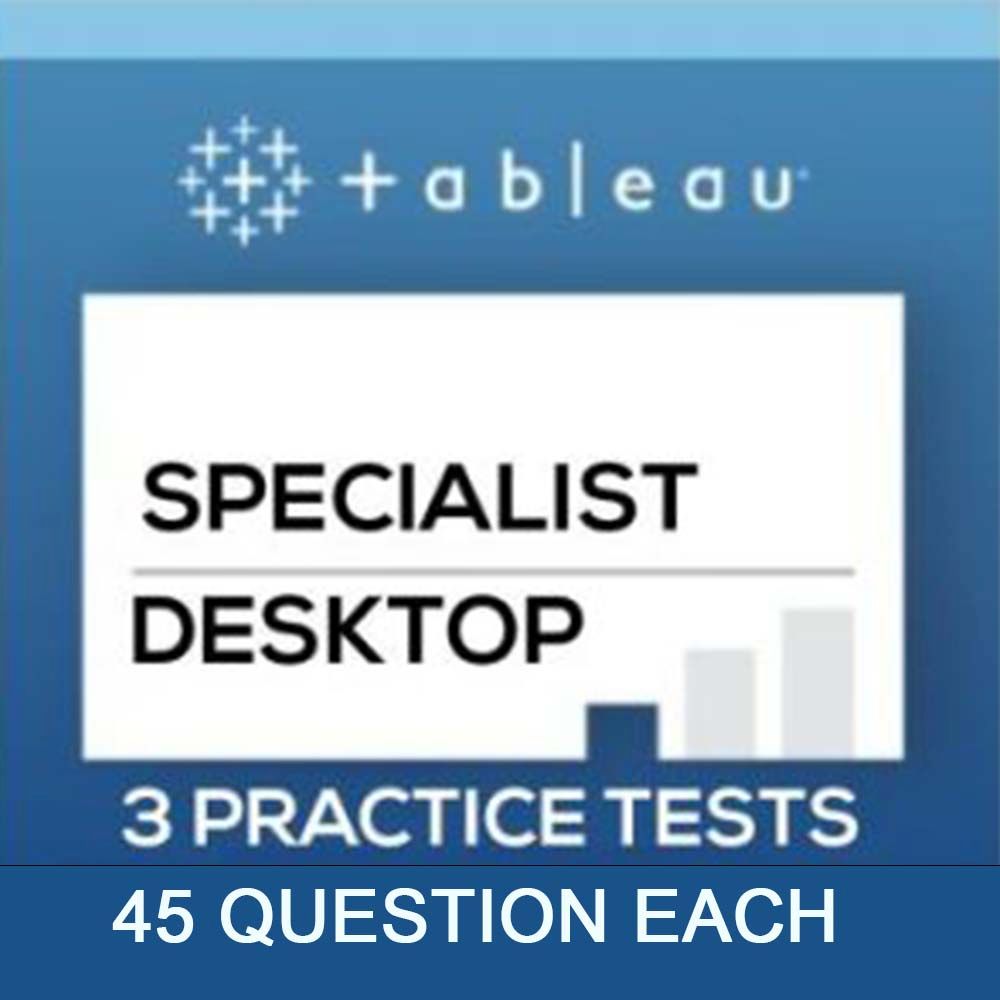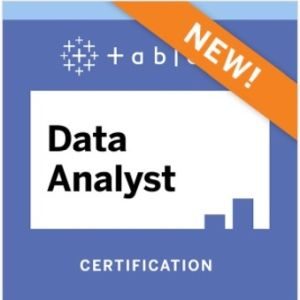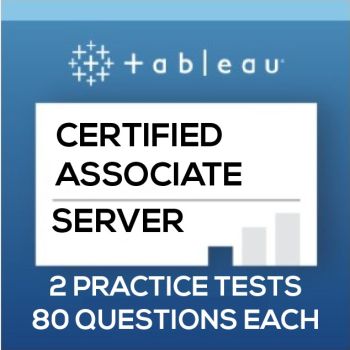In today’s data-driven world, powerful facts analysis and visualization tools are crucial for organizations and records experts. Two popular tools that have won widespread attention in the marketplace are Tableau and Looker. Comparing these two tools is critical to recognize their unique features and abilities, and the way they could advantage organizations in making data-driven decisions.
Overview of Tableau:
Users may locate and analyze data in a visually attractive way with Tableau, a potent tool for facts analysis and visualization. Users can easily build dynamic visualizations and dashboards using Tableau thanks to its user-friendly interface and drag-and-drop capabilities. It offers an extensive variety of functions such as records mixing, superior analytics, and real-time collaboration. Tableau is broadly used across numerous industries, such as retail, finance, healthcare, and marketing, to discover insights from complicated datasets and force data-knowledgeable selection-making.
Overview of Looker:
Looker is a platform for records visualization and analysis that seeks to offer firms complete expertise of their data. Users may construct comprehensive reports and dashboards using its user-friendly interface and strong modeling layer. Looker excels in data discovery, ad hoc analysis, and exploration. It enables data-driven decision-making by empowering organizations to access, analyze, and exchange data insights across departments. Applications for Looker may be found in sectors including e-commerce, technology, and media.
Dive into the world of data analytics with our Top Looker Data Analytics Courses.
Comparison of Key Features:
1. User Interface and Ease of Use:
Because of its simple and user-friendly interface, Tableau allows users to create dashboards and visualizations that are aesthetically appealing. The drag-and-drop feature enables easy data exploration and rapid insight generation. For customers who are unfamiliar with its distinct data modeling method, Looker, on the other hand, may have a higher learning curve because it concentrates on offering a powerful modeling layer. Although user experience is a top priority for both programs, Tableau’s user interface stands out for its clarity and accessibility.
2. Data Connectivity and Integration Capabilities:
With Tableau, users may connect to a wide range of data sources, including databases, spreadsheets, and cloud computing platforms. Data access is straightforward because it supports direct connections to widely used data sources including SQL Server, Oracle, and Excel. Although Looker also provides a large selection of data connectors, it prioritizes interfacing with contemporary data warehouses and cloud platforms like Google BigQuery and Amazon Redshift. Users of Looker may execute intricate data transformations and provide a unified picture of their data thanks to its excellent data modeling capabilities.
3. Data Visualization and Dashboard Creation:
Both Tableau and Looker excel in data visualization, but they technique it in a different way. Tableau provides a substantial library of pre-built visualizations and customization alternatives, empowering customers to create visually attractive dashboards with a few clicks. Its massive set of visualization sorts and formatting options permits for quite interactive and attractive displays of records. Looker, on the other hand, makes a specialty of providing a strong modeling layer and permits users to create dynamic dashboards and reviews by leveraging its sturdy information modeling skills. Looker’s energy lies in its ability to mix multiple information assets and create sophisticated information models for in-depth analysis.
4. Advanced Analytics and Business Intelligence Capabilities:
Calculations, statistical operations, and forecasts are just a few of the sophisticated analytics tools that Tableau provides. It offers a simple user interface for constructing intricate computations and producing perceptive visualizations based on statistical analysis. Looker interfaces with various tools for more specialized analytics requirements, while not having a strong focus on advanced analytics. Users may do calculations using the LookML modeling language. The strength of Looker rests in its capacity to offer a unified picture of data from several sources, enabling thorough business intelligence and data analysis.
5. Collaboration and Sharing Features:
Tableau and Looker each offer collaboration and sharing capabilities, but with some variations. Tableau allows users to percentage dashboards and visualizations with others, facilitating collaborative data evaluation and decision-making. It provides options for interactive dashboards that permit users to clear out and drill down into the statistics. Looker, however, gives a collaborative surrounding where customers can create and share exploratory evaluation studies. Looker’s focus on collaboration is obvious in its capacity to create shared data fashions and collaborative workflows, permitting teams to paint collectively on data analysis projects.
6. Mobile and Cloud Capabilities:
Tableau and Looker each support mobile access, permitting users to view and interact with dashboards and reviews on their cell gadgets. Tableau provides a cell app that offers an unbroken enjoyment for getting access to and exploring information at the pass. Looker also gives cell help, enabling users to access statistics and perform evaluations from their cellular gadgets. In phrases of cloud capabilities, Tableau gives Tableau Online, a cloud-hosted version of the software program, while Looker is built as a cloud-local platform, with a strong guide for cloud information warehouses and infrastructure.
While comparing Tableau and Looker’s key capabilities, it’s miles important to consider your corporation’s specific needs and priorities.
Pros and Cons:
Tableau:
Advantages: Tableau has a user-friendly interface, a wide range of data connecting options, and an enormous collection of pre-built visualizations. Users may develop aesthetically appealing dashboards with the help of its extensive analytics features. Tableau has a sizable user base and is widely used across several sectors.
Strengths: The interface is easy to use and has a wide range of data connections, several visualization possibilities, powerful analytics capabilities, and a vibrant user base.
Limitations: Tableau may be a resource-intensive program, requiring a lot of memory and processing power to handle huge datasets well. For certain organizations, especially smaller firms, the licensing expenses for Tableau might be rather costly.
Looker:
Strengths and Benefits: Looker excels in providing a robust statistics modeling layer and collaborative analytics skills. It allows users to create dynamic dashboards and reviews using leveraging its powerful information modeling competencies. Looker’s attention to collaboration enables teams to paint collectively on information evaluation initiatives and create shared information fashions.
Potential Challenges: Looker excels in providing a robust statistics modeling layer and collaborative analytics skills. It allows users to create dynamic dashboards and reviews using leveraging its powerful information modeling competencies. Looker’s attention to collaboration enables teams to paint collectively on information evaluation initiatives and create shared information fashions.
Tableau Certification Practice Tests:
Final Thoughts:
Tableau gives an intuitive user interface, substantial visualization alternatives, and advanced analytics features, making it a popular desire for agencies looking for user-friendly records exploration and visual storytelling. Looker, then again, shines in its strong information modeling layer and collaborative analytics abilities, catering to agencies with in-depth analysis desires and a focus on facts governance. Each gear has its strengths and barriers, and the choice between them depends on the specific necessities and priorities of your agency.





